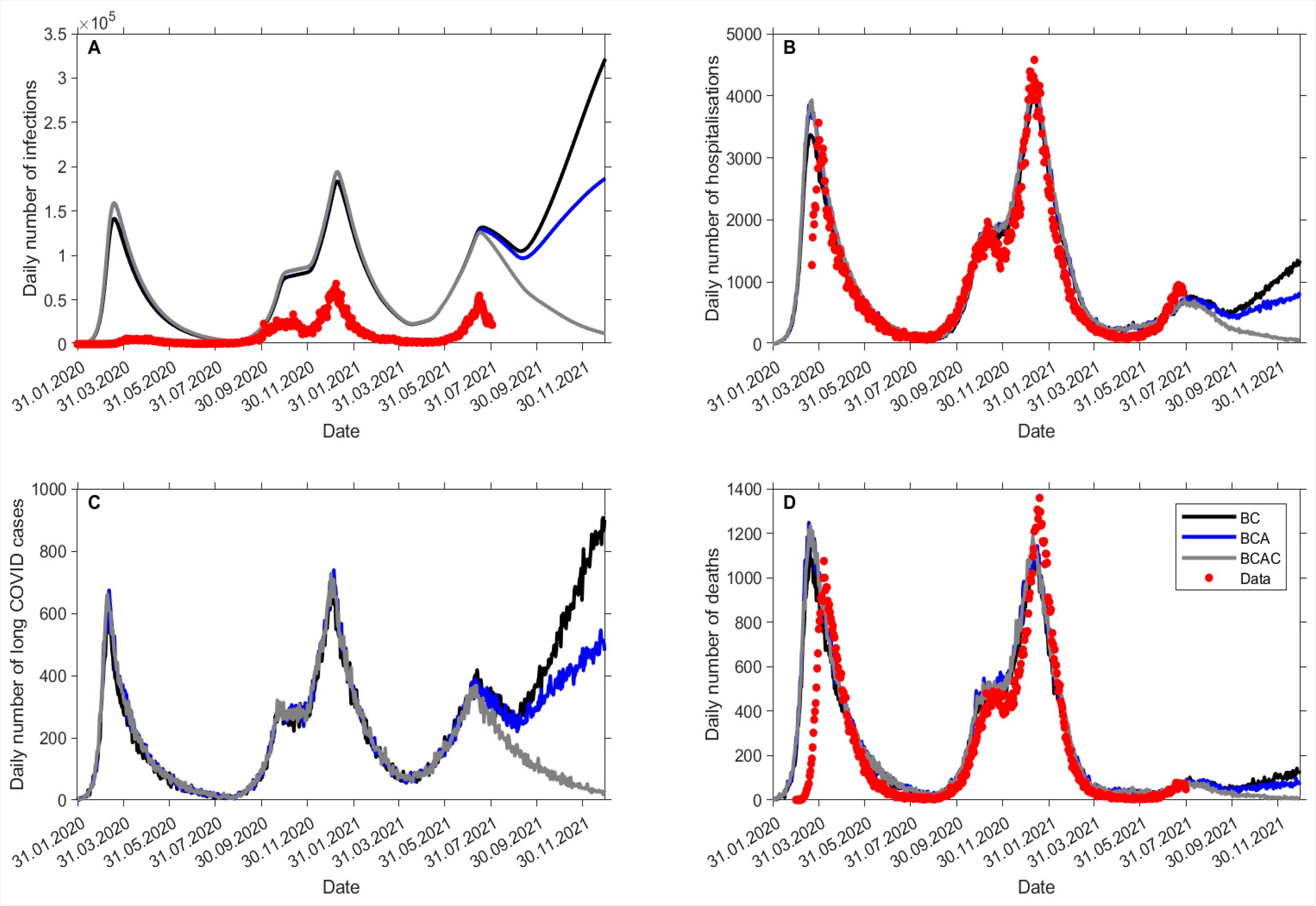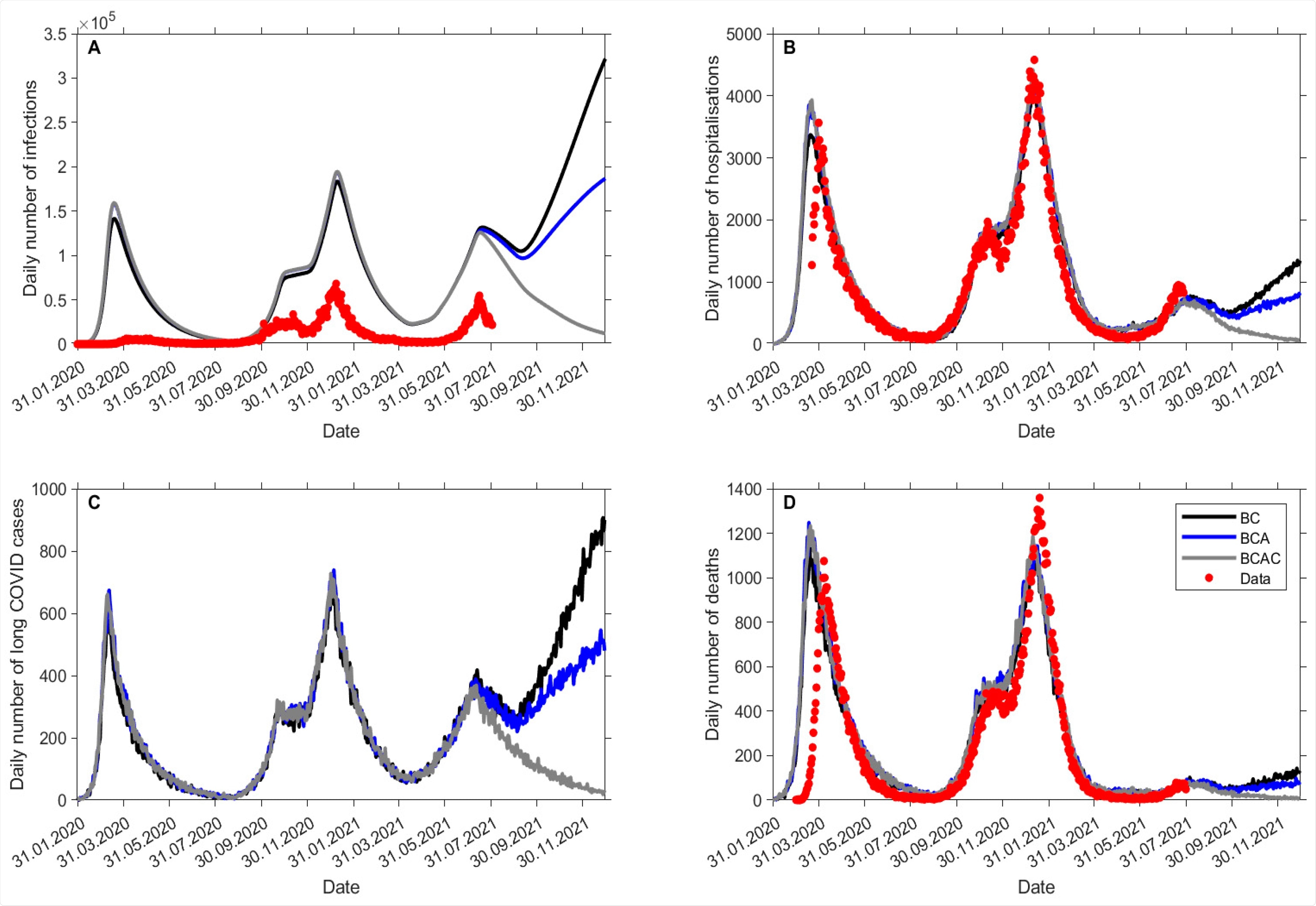A recent study from the United Kingdom, published in the open-access journal Vaccines, implies that vaccinating adolescents and children may be pivotal in reducing infections with the severe acute respiratory syndrome coronavirus 2 (SARS-CoV-2), as well as ensuing coronavirus disease (COVID-19) morbidity and mortality across all age groups.
Global distribution of vaccines against SARS-CoV-2 quickly demonstrated that we can successfully reduce serious illness, which can, in turn, limit medical, public health and socio-economic consequences of the COVID-19 pandemic. However, there is still a big question mark whether there is an actual benefit of vaccinating adolescents and children.
Nevertheless, coupled with the economic pressures to relax population restrictions worldwide, scientists are faced with an urgent need to evaluate the public health impact of vaccinating those younger than 18 years of age. However, at the moment, there is no full authorization of vaccines for children younger than 12 years of age.

Flow diagram characterizing the transmission model.
The role of mathematical modeling
Even before the COVID-19 pandemic, our understanding of the epidemiology of infectious diseases has been markedly increased with the use of mathematical models, as they can generate reliable quantitative data used to inform public health planning and disease control.
Consequently, such mathematical modeling approaches have also turned into a vital tool in the control of COVID-19 in many different countries – not only as a result of short-term and long-term forecasts on the future trajectory of the pandemic but also because they set the stage for evaluating the effect of diverse vaccination strategies.
Compartmental models are considered the most relevant mathematical models in the current pandemic, as the population can be divided into different population groups in accordance with their infection status, especially when categories such as susceptible, exposed, infectious and/or recovered are used.

Expected total (A) SARS-CoV-2 infections, (B) COVID-19 hospitalizations, (C) long COVID, and (D) COVID-19 deaths between July and December 2021 by vaccination scenario. Note: projections in panels (A,B,D) are expected versus observed data.
A robust disease transmission model
In this new study, first-authored by Dr. Tinevimbo Shiri from the Health Economics and Outcomes Research Ltd. in Cardiff (United Kingdom), a novel Susceptible-Exposed-Infectious-Recovered (SEIR) model has been utilized in order to precisely quantify the impact of COVID-19 variants transmission and disease development.
The United Kingdom could be chosen as an example due to a relatively high burden of the SARS-CoV-2 B.1.617.2 (delta) variant, high COVID-19 vaccination rates in adult individuals, and the lifting of all imposed COVID-19 restrictions as of July 19, 2021.
In a nutshell, this research group has evaluated the impact of pre-pandemic levels of social mixing on future COVID-19 pandemic dynamics. They have also assessed the population-level impact of extending the vaccination program to all adolescents (as well as to all adolescents and children) on infection rates, hospitalizations, long COVID, and mortality.
For the purposes of this modeling approach, it was assumed that the effective reproductive number (i.e., a number of secondary infections produced by a single infectious individual in the population of susceptible and non-susceptible individuals) remains at 1.4 until December 31, 2021.

Expected total (A) SARS-CoV-2 infections, (B) COVID-19 hospitalizations, (C) long COVID, and (D) COVID-19 deaths between July and December 2021 by vaccination scenario. Note: projections in panels (A,B,D) are expected versus observed data.
Lowering COVID-19 disease burden
This study has revealed that the extension of the existing vaccination program in the United Kingdom to all adolescents older than 12 years of age can potentially reduce hospitalization rates due to COVID-19 by 21% percent. Furthermore, we could also count on an 18% reduction of COVID-related deaths, as well as a 27% reduction of long COVID prevalence.
The authors have also highlighted that if the vaccination schedule further extends to children older than 5 years of age, we could expect a 60% reduction in hospitalizations rates, a 75% reduction in long COVID cases, as well as a 57% reduction in mortality rates.
Still, one of the critical caveats is that most of this direct benefit would not be seen in adolescents and children that would receive the vaccine, but primarily in older individuals. Furthermore, the conclusions from the study may not extend to geographical regions that have very dissimilar social mixing patterns.
One step closer to the end of the pandemic?
The aim of the global COVID-19 vaccination program has always been to lower the burden of hospitalizations and deaths, and the data presented in this paper vividly demonstrate that the vaccination of adolescents and children may help to further accelerate our progress.
“Indeed, a 60% reduction in hospitalizations and a 57% reduction in mortality could potentially bring the pandemic to an end without the need for further lockdowns or restrictions in movement”, say the authors of this study published in the journal Vaccines.
The authors also emphasize that the population immunity level threshold will be outside our reach if we do not opt to vaccinate adolescents and children when the technology gets all the approvals. And this is an indispensable step if we suppress the surge of delta variant and overall circulation of SARS-CoV-2.